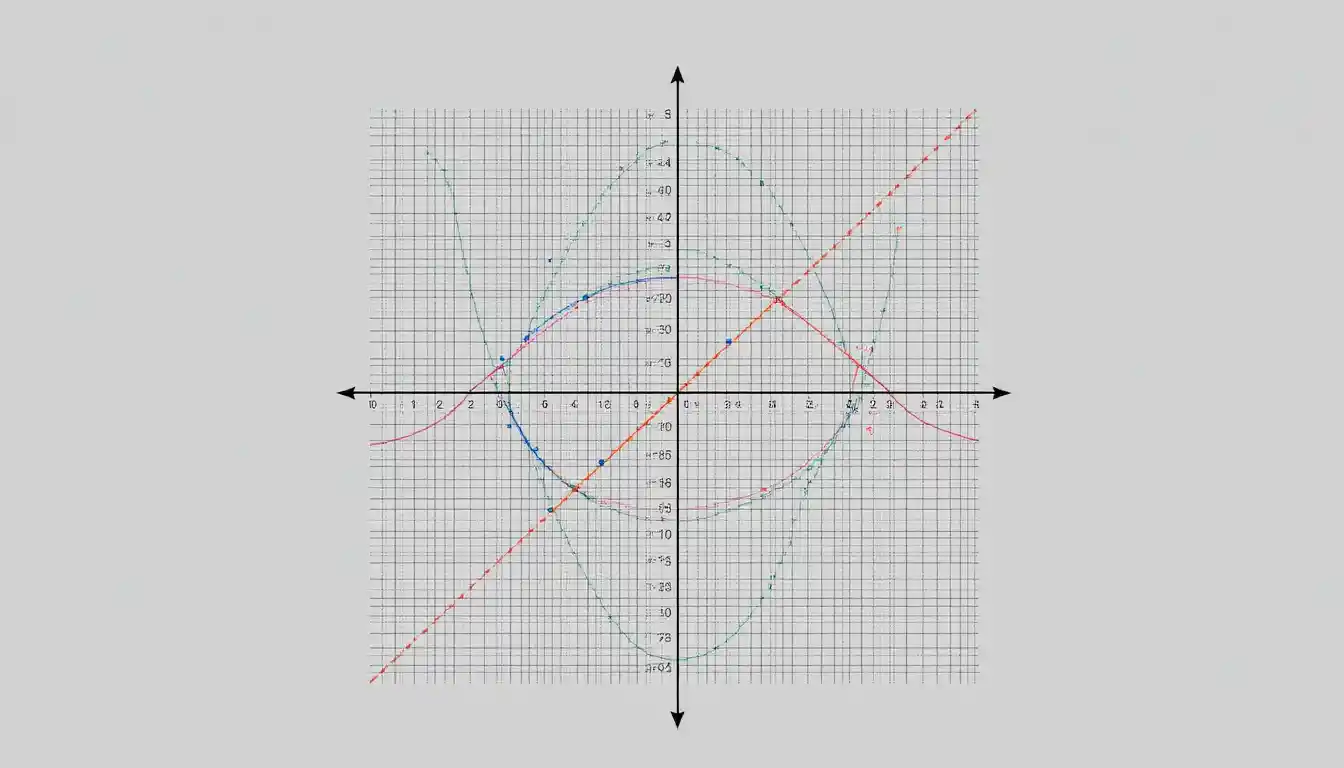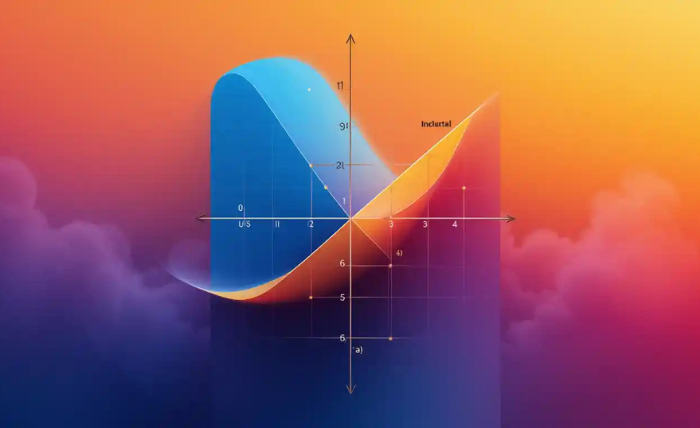Mathematics can seem a bit tricky at first, especially when it comes to graphing different kinds of functions. One of the areas where students often struggle is understanding cubic graphs. But don’t worry! With the help of the Cubic Graphs Maths Genie, you can master these graphs with ease. This simple guide will show you how to understand and work with cubic graphs maths genie, step by step.
We’ll also explore cubic and reciprocal graphs, and explain how Maths Genie answers can help you practice and understand these concepts better.
What Are Cubic Graphs maths genie?
Cubic graphs are graphs of cubic functions. A cubic function has the general form:
y=ax3+bx2+cx+dy = ax^3 + bx^2 + cx + dy=ax3+bx2+cx+d
Where:
- aaa, bbb, ccc, and ddd are constants.
- xxx is the variable.
The graph of a cubic function is not just a simple curve. It can have a range of shapes, from smooth curves to sharp turns, depending on the values of aaa, bbb, ccc, and ddd.
The most common features of cubic graphs maths genie are:
- They can have up to three real roots (x-intercepts).
- They often have turning points where the graph changes direction.
- The graph can go up and down in different sections, unlike quadratic graphs that have only one peak or valley.
Exploring the Cubic Graphs Maths Genie
If you’re new to cubic graphs, you might feel a little lost. But with Cubic Graphs Maths Genie, you can see interactive graphs that help you understand how these functions behave. The Maths Genie website offers practice questions and solutions that help clarify the concept.
Try out a few exercises, and you’ll soon realize that cubic graphs aren’t as hard as they may first seem.
Key Features of a Cubic Graph
Cubic graphs Maths Genie have distinct features that help you understand their behavior. Here’s a closer look at these features:
1. Shape of the Graph
The graph of a cubic function will either rise or fall from left to right, depending on the value of aaa. If aaa is positive, the graph will rise to the right. If aaa is negative, the graph will fall to the right.
2. Turning Points
One of the most exciting parts of cubic graphs Maths Genie is the turning points. These are the points where the graph changes direction. A cubic function can have up to two turning points, which are important for sketching the graph.
3. Intercepts
Cubic graphs Maths Genie may have one, two, or three x-intercepts. These are the points where the graph crosses the x-axis, and they represent the solutions to the equation when y=0y = 0y=0.
4. End Behavior
As xxx becomes very large or very small, the graph of a cubic function will continue to rise or fall without bound. This behavior is important for predicting the graph’s long-term behavior.
How Maths Genie Helps with Cubic Graphs
The Maths Genie platform is a great place to practice and understand cubic graphs Maths Genie. It has interactive tools where you can input different values of aaa, bbb, ccc, and ddd and instantly see how the graph changes. This hands-on approach makes it easier to visualize and understand cubic functions.
If you ever get stuck, the Maths Genie answers provide clear steps to help you solve problems related to cubic graphs Maths Genie.
What Are Reciprocal Graphs?
Before diving into cubic and reciprocal graphs together, let’s briefly discuss what reciprocal graphs are. A reciprocal graph shows the relationship between a number and its reciprocal. In mathematical terms, the reciprocal of xxx is 1x\frac{1}{x}x1.
The graph of a reciprocal function has a unique shape. It approaches but never touches the x-axis or y-axis. Reciprocal graphs are commonly used to understand inverse relationships.
Cubic and Reciprocal Graphs Maths Genie
When you combine cubic and reciprocal graphs, you get an even more interesting graph. These graphs often show the behavior of both the cubic function and the reciprocal function on the same axes.
Let’s look at the combined features:
- Crossing points: The cubic and reciprocal graphs may cross each other at certain points.
- End behavior: Each function has different end behavior. The cubic graph goes to infinity, while the reciprocal graph approaches zero.
- Symmetry: Reciprocal graphs often have symmetry about certain axes, which can help in predicting the shape of the combined graph.
The Maths Genie Cubic and Reciprocal Graphs page is a great place to practice this. You’ll find examples that show how these graphs interact, along with answers to help you along the way.
Practicing with Maths Genie Cubic and Reciprocal Graphs Answers
One of the best ways to get better at graphing cubic and reciprocal functions is through practice. Maths Genie Cubic and Reciprocal Graphs Answers offer detailed explanations to help you understand every step of the process.
Here’s how you can practice:
- Start by solving a few simple cubic graph problems.
- Next, move on to reciprocal graph problems.
- Finally, try combining both cubic and reciprocal graphs.
The Maths Genie Cubic and Reciprocal Graphs Answers will guide you through each problem, helping you build your confidence.
Tips for Sketching Cubic Graphs
Sketching cubic graphs can be a fun and rewarding task once you get the hang of it. Here are some useful tips to help you sketch cubic graphs more effectively:

1. Find the Roots
The first step in sketching a cubic graph is finding its roots. Use the fact that the graph crosses the x-axis at these points. Set y=0y = 0y=0 and solve the equation for xxx.
2. Identify the Turning Points
Next, find the turning points. These are points where the graph changes direction. To find them, differentiate the cubic function and solve for xxx to find where the slope is zero.
3. Check the End Behavior
Check the end behavior by looking at the leading term of the cubic function. The larger the degree of the polynomial, the stronger the effect of the leading term.
4. Plot Points
Plot some points on the graph, including the roots and turning points, and draw the curve smoothly through these points.
By practicing these tips and using Maths Genie resources, you’ll get the hang of sketching cubic graphs in no time!
Summary of Cubic Graphs Maths Genie
Cubic graphs may seem complicated at first, but with the help of tools like Cubic Graphs Maths Genie, you can break down the concepts into simple steps. By practicing with cubic and reciprocal graphs, you’ll get a clearer understanding of how these graphs work together. Use the Maths Genie Answers to guide you through each problem and improve your graphing skills.
So don’t be afraid to dive in and explore the world of cubic graphs! With enough practice, you’ll be drawing these graphs like a pro.



